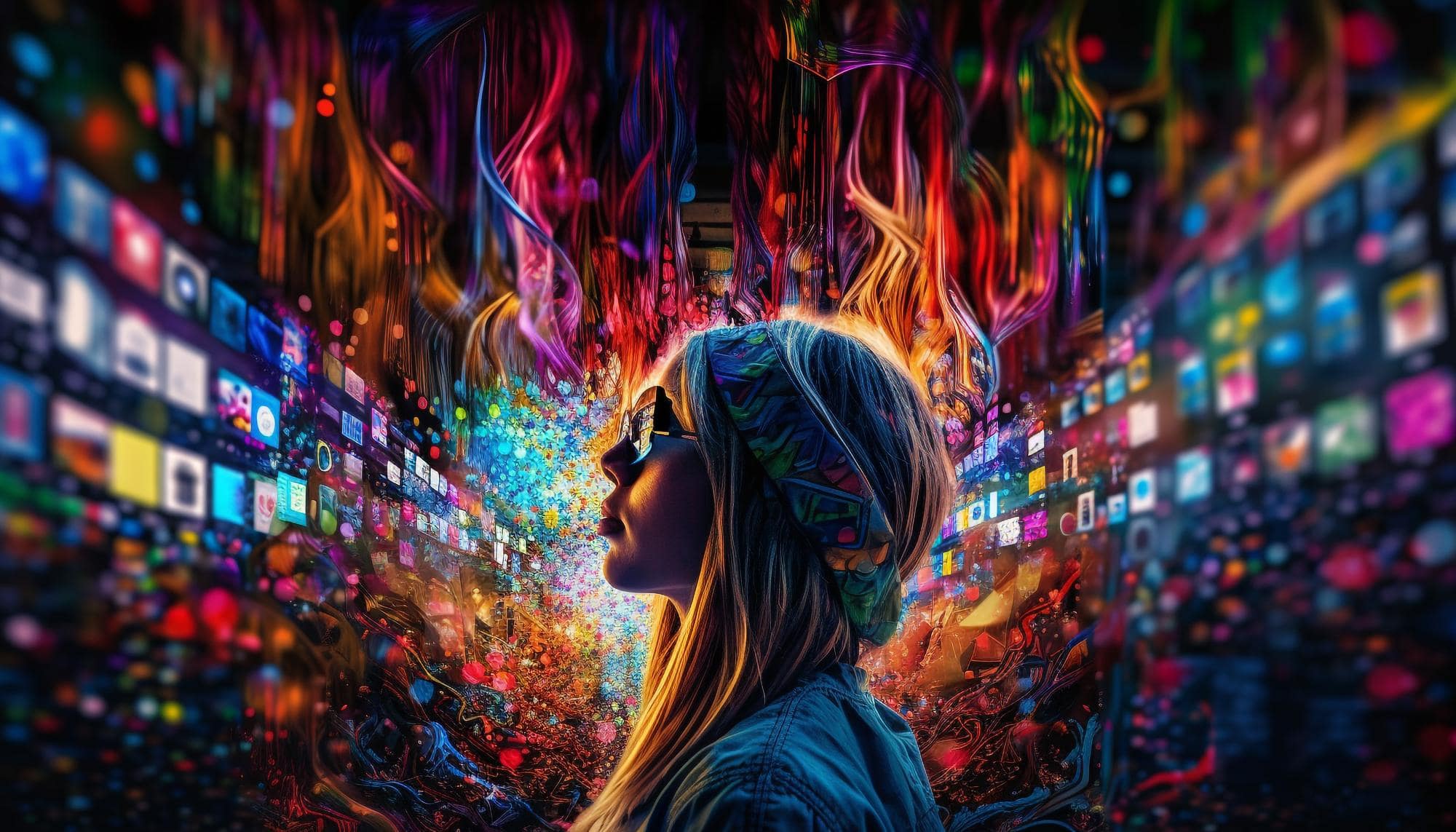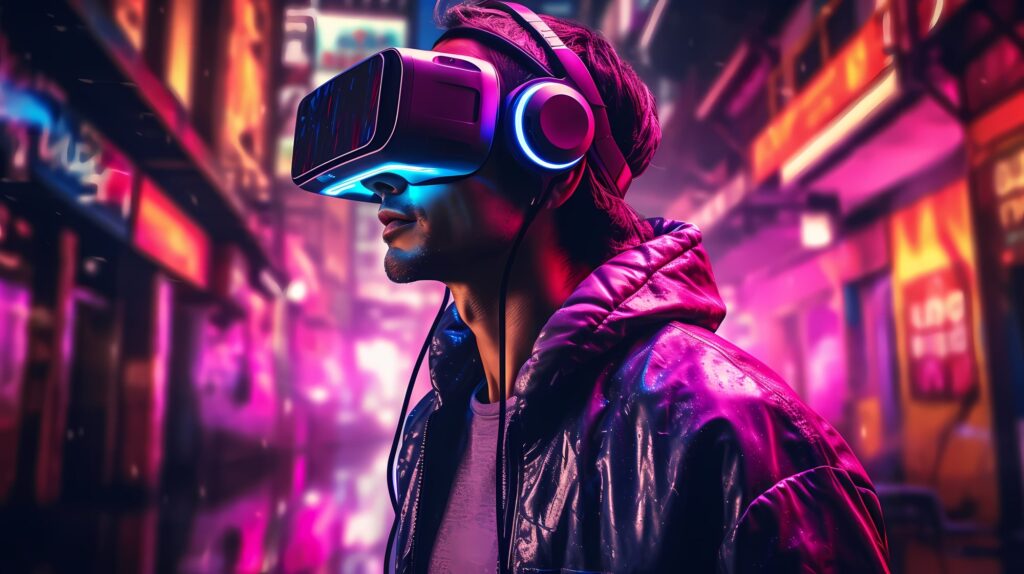
Welcome to the Melior Games blog! As a game development company, we understand the significance of providing clarity to our clients regarding the duration of game development and setting realistic expectations. In this post, we’ll explore the various factors that influence the timeline of game development.
Understanding the Stages of Game Development
A game must go through numerous stages of development, each of which is essential to the project’s success. Among these phases are:
- Concept and Planning: The magic starts right here! It’s all about brainstorming game mechanics, storylines, characters… Think of it as laying the groundwork for your game and sketching out every detail in a game design document (GDD).
- Pre-production: This is where we begin to arrange things. Concept art creation, gameplay mechanic testing, and technological setup are the topics of discussion.
- Production: This is the longest phase of the development. It’s about bringing the project to life – creating art, programming, implementing features, and fine-tuning everything to perfection.
- Testing and Quality Assurance: We’ve got to make sure our game is top-notch, right? This phase may involve internal testing by the development team as well as external testing by beta testers or focus groups.
- Launch and Post-launch Support: It’s a go time! After all the hard work, the game is finally released into the wild. But it doesn’t stop there – we’re here to provide ongoing support, release updates, and keep the players happy.
Factors Influencing Development Time
Now, let’s talk about what can speed things up or slow things down:
- Game Genre: Different genres mean different levels of complexity and resources. A simple puzzle game might come together quicker than a massive open-world RPG.
- Scope and Scale: How big is your game? The more levels, characters, and features you’ve got, the longer it’ll take to bring everything together.
- Team Size and Expertise: The folks working on your project make a big difference too. A larger team might get things done faster, but communication can get tricky. And having experienced devs and artists onboard can definitely speed up the process.
- Tools and Technology: The tools we use can make a world of difference. The right tools can streamline tasks, while outdated ones might slow us down.
- Client Requirements and Feedback: We’re all about making our clients happy! Clear communication and feedback help us stay on track and meet those deadlines.
Development Time Across Different Game Genres
Let’s examine more closely how different game genres might affect development times:
- Casual and Mobile Games: Compared to other genres, casual and mobile games can be developed more quickly and typically have a smaller scope. Shorter development cycles—a few months to a year—are usual for match-three, endless runners, and simple puzzle games.
- Action and Adventure Games: The scope and intricacy of action and adventure games differ greatly. While 3D action-adventure games with intricate landscapes and mechanics may require longer production cycles, ranging from one to three years, 2D platformers might have shorter cycles.
- Role-Playing Games (RPGs): RPGs are renowned for their vast worlds, intricate plots, and sophisticated gaming mechanics. Making an RPG can take a lot of effort and requires careful attention to detail. Depending on the game’s scope, development for an RPG might take up to four years.
- Strategy and Simulation Games: Strategy and simulation games require careful balance and adjusting of gameplay mechanics. Depending on the complexity of the project, development time can range from one to three years.
- Virtual Reality (VR) and Augmented Reality (AR) Games: VR and AR games present unique challenges because of their extraordinary qualities and technical constraints. Developing a VR or AR game can take longer than traditional games. However, the result is a unique experience that transports players to new realities, offering a level of immersion and engagement that is unmatched in traditional gaming.

Art and Graphics in Game Development
Art and graphics play an important role in the visual identity of a game and enhancing the player experience. Here’s how the art and graphics development process typically unfolds:
- Concept Art: The concept art phase involves creating initial sketches and designs to visualize the characters, environments, and key assets. This stage sets the visual direction for the game and helps communicate the artistic vision to the rest of the team.
- 2D and 3D Art: After the concept art gets the green light, artists dive into creating the 2D and 3D assets for the game. This includes crafting character models, environmental assets, textures, animations, and special effects. The duration of this process can stretch over several months, contingent upon the game’s complexity and the quantity of assets needed.
- Animation: Animation brings characters and objects to life in the game world. This involves creating movement cycles, character animations, and special effects animations. The animation process can be time-consuming, especially for games with complex character animations or intricate combat systems.
- Iteration and Feedback: Throughout the art and graphics development process, there is a continuous cycle of iteration and feedback. It’s all about that back-and-forth – artists working closely with the team to refine and polish the visuals until they’re just right.
Game Story and Narrative
The narrative and story of a game are essential elements that have a big influence on how quickly a game is developed. Brainstorming, outlining, dialogue writing, narrative arc creation, and including scripted events are all necessary steps in crafting a gripping story. To make sure the story fits with the game’s overall vision, the development team, authors, and designers must work together during this process.
If voice acting is included, the timeline becomes much more intricate. Time and resources are needed for the casting of voice actors, recording sessions, and voice performance editing.
Furthermore, because storytelling is iterative, changes and revisions are frequently required in response to testing and feedback. The development schedule may be extended by this iterative process as the story develops and gets better with time.
In summary, the depth and complexity of the game story and narrative can significantly impact the timeline of game development.
Conclusion
In summary, the duration of game development can vary significantly due to several factors such as the game genre, scope, team size and expertise, tools and technology, and client requirements. It’s crucial to grasp the various stages of game development and the factors affecting development time to establish realistic expectations and plan effectively.
At Melior Games, we are passionate about creating high-quality games that exceed client expectations. With a team of skilled developers and artists and our comprehensive variety of game development services, we are dedicated to providing exceptional outcomes and making sure that our clients are completely satisfied.
Whether you’re an individual with a creative vision or a company wishing to create your own game, we can help bring your ideas to life. Get in touch with us right now to find out more about our services for game development and how we can help you achieve your objectives in the fascinating field of game design. Reach out to us right now to get going!




